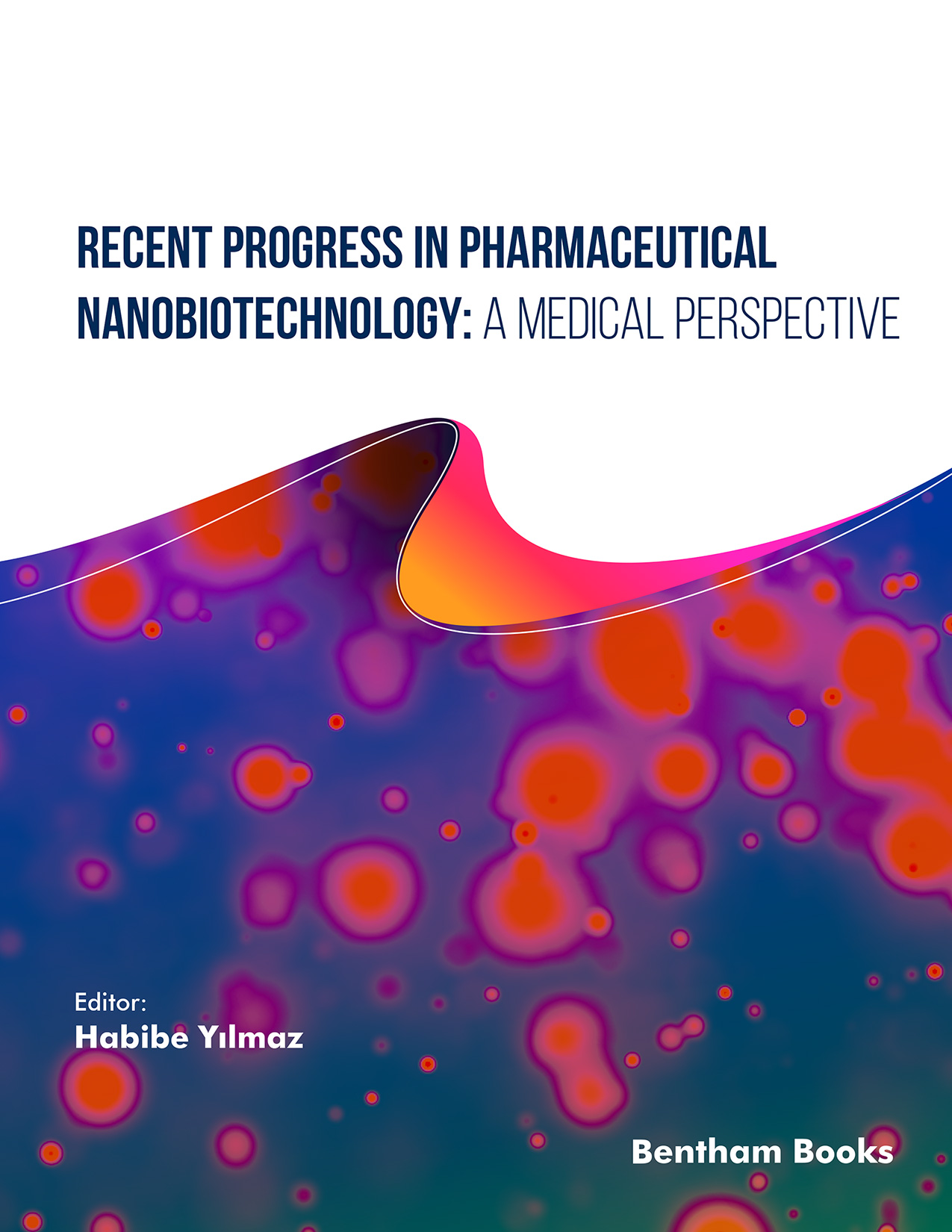Introduction
Recent Progress in Pharmaceutical Nanobiotechnology: A Medical Perspective
offers a comprehensive exploration of the dynamic field of pharmaceutical nanobiotechnology, focusing on its medical applications. This edited reference serves as a valuable resource for researchers, students, and professionals in various disciplines (pharmacology, biotechnology, clinical medicine and nanotechnology) , providing insights into the latest advancements and practical implications of nanotechnology in the pharmaceutical sector.
The book presents 14 edited and referenced chapters that cover several themes for readers.
1. General Pharmaceutical Nanobiotechnology:
- - Introduction to the interdisciplinary field
- - Exploration of nanoscale materials for medical purposes
2. Nanoparticle Development and Applications:
- - Bioinspired Nanomedicines
- - Lipid-Based Nanocarriers
- - Metallic Nanoparticles and Their Applications
- - Nanoparticle Targeting Strategies
- - Nanomedicine-Based Therapies for Cancer Stem Cells
3. Biotechnological Aspects:
- - Biotechnological Significance of Exosomes
- - Glycoconjugates: Biosynthesis and Functions
4. Innovative Nanotherapies:
- - Novel Nanotechnological Approaches for Glioblastoma
- - Biocompatibility of Nanomedicines and Bio Corona
5. Diagnostic and Sensing Applications:
- - Role of Nanoparticular/Nano Vesicular Systems as Biosensors
- - In Vitro Applications of Drug-Carrying Nanoparticles in Cell Culture Studies
- - In Vivo Imaging Techniques: Bioluminescence and Fluorescence Imaging
6. Precision Medicine:
- - The Role of Nano and Biopharmaceutics in Precision Medicine
Audience: Postgraduate researchers in pharmaceutical biotechnology; pharmacy professionals and academicians.

